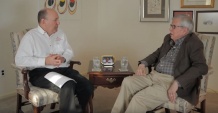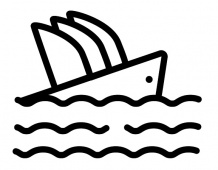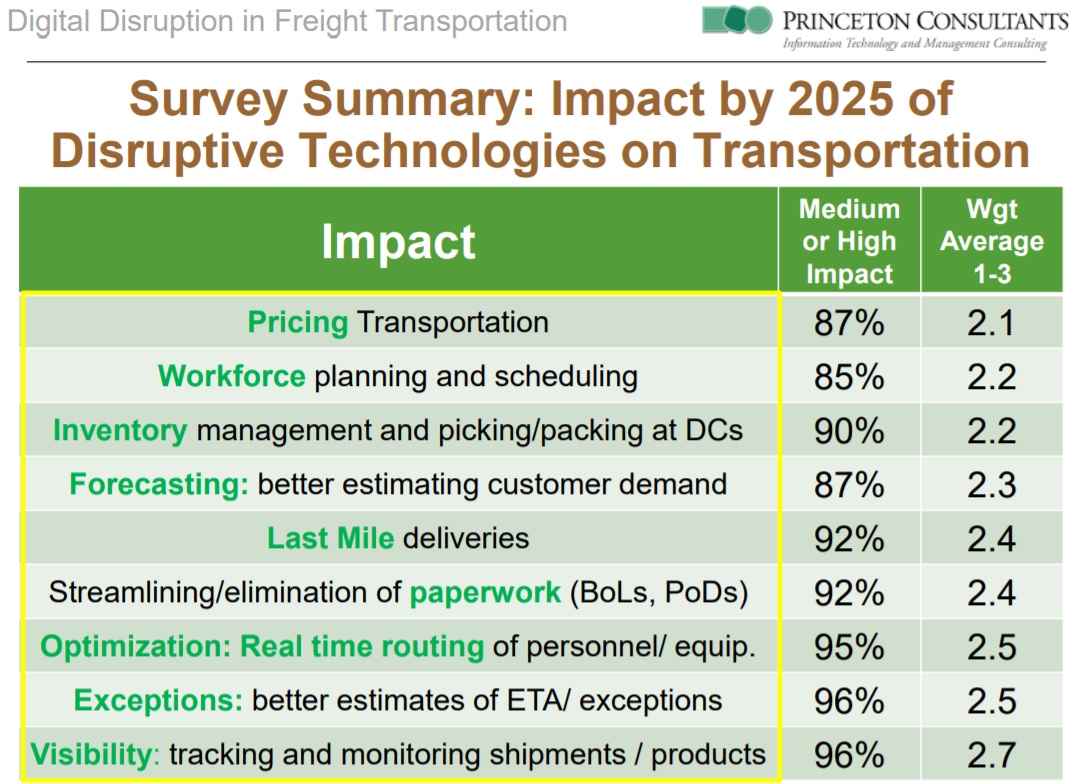We employ a framework of 20 scorable risk factors, the “Princeton 20,” to manage our optimization projects for deployment into production. There are 10 environmental and 10 technical factors. In the previous post, I addressed the environmental risks. Following are the technical risks.
The Optimization Edge
A Blog for Business Executives and Advanced Analytics Practitioners
Technologies: Data Science, Big Data, Optimization, Machine Learning, Artificial Intelligence, Predictive Analytics, Forecasting
Applications: Operations, Supply Chain, Finance, Health Care, Workforce, Sales and Marketing


Our firm takes data-driven insights and models and brings them to the field as applications. There may be dozens or hundreds of users spread over multiple locations and working in different shifts or in different jobs, with different things to solve. Over the years we have overcome many challenges to deploying optimization and we have systematized the problems, dilemmas and mitigation techniques.
We employ a framework of 20 scorable risk factors, the “Princeton 20,” to manage our optimization projects for deployment into production. There are 10 environmental and 10 technical factors. In this post, I will address the environmental, or business, risks. In a later post, I will address the technical risks.
At Princeton Consultants, we have started to do the majority of our optimization model development using python with the pandas library (https://pandas.pydata.org/). We have successfully developed models using the Gurobi (https://www.gurobi.com/) python interface, and the docplex (http://ibmdecisionoptimization.github.io/docplex-doc/) python interface for IBM ILOG CPLEX Optimization Studio (https://www.ibm.com/products/ilog-cplex-optimization-studio). Based on these successes, we have codified our approach for rapid optimization model development. Our steps for success include:

Dave Shanno, my colleague and friend who helped jump-start my career over 30 years ago, recently passed away. Dave was a brilliant mathematician and academic researcher who especially valued the usefulness and implementation of solutions—his perspective inspired me and many others in Operations Research. Today, machine learning is just one area that is benefitting from his work. In December, 2017, I interviewed Dave for the INFORMS Oral Histories program (video and full transcript are here).

I was recently invited to speak to executives at the Retail Industry Leaders Association (RILA) about tech disruption in freight transportation. Following is a lightly edited excerpt from my presentation.
The premise of our survey was that disruption is real—it's happening. We asked a sanity question, “Do you agree?” At the close of the survey, we wrote, “We believe that disruption is creating new winners and losers. That people should look at their strategy, their sales, operations, IT. What do you think? What are you doing about it?”

Periodically we draw from other Princeton Consultants practice areas for helpful content.
When does a project go bad? Signs of trouble don’t appear in status reports until the project is well underway. After all, it takes some time for the budget to slip significantly, and even if early dates are missed, there is a bias toward explanations like “growing pains”, “the team learning to work together”, and “IT is overallocated”.

A highly visible and successful optimization project can generate an abundance of harvest opportunities. Beyond the projected payback or return on investment, is there another way to set priorities when faced with such abundance?
On a March 22 conference call with Stifel Managing Director of Research David Ross, I presented the results of our annual survey of transportation executives, who were asked to predict the impact by 2025 of self-driving trucks, drones and robotics, Big Data / AI / Machine Learning, the Internet of Things, Uberization of freight, and Blockchain. Following is a lightly edited transcript of the discussion of the second part of the survey, which asked executives to predict the impact of these tech disruptors on key business areas (1 = low impact, 2 = medium impact, 3 = high impact).


Following are more transcript highlights from our January 29/30 webinar with Ugo Feunekes of Remsoft and Gurobi, which can be watched on this Gurobi webpage.

On January 29 and 30, I conducted a webinar on model review and validation about a specific project that entailed challenges and solutions of great potential interest to the larger community of optimization practitioners. Anita Bowers and Gwyneth Butera of Gurobi were the hosts and moderators. My co-presenter was Ugo Feunekes, the co-founder and CTO of Remsoft. Following is a lightly edited transcript of highlights of the webinar, which can be watched on this Gurobi webpage.
